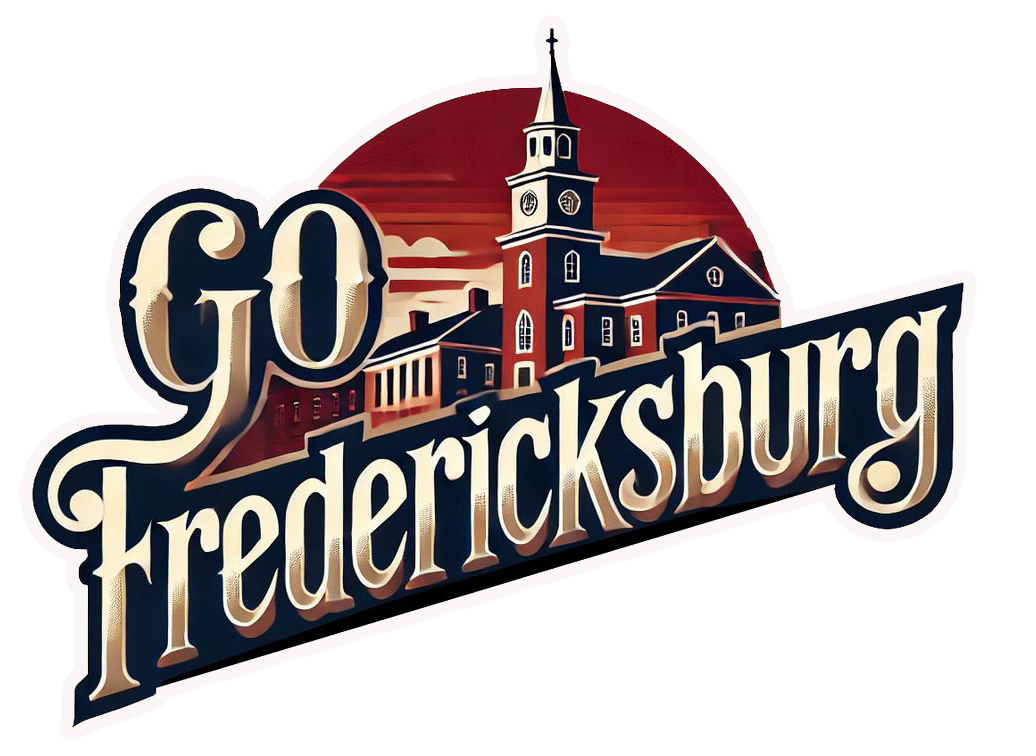As our nation has evolved, so too have the ways we honor our leaders. The genesis of Presidents’ Day traces back to the early celebrations of George Washington’s birthday, which became a day of national reflection and commemoration. Initially, this observance was not marked by grand parades or fireworks, but rather, as a testament to the man himself, it might have been as understated as Washington’s own acknowledgment of his birthday. Washington was noted for his humility, and he often spent his birthday engaged in personal tasks and contemplation rather than in celebration. This modest beginning set the stage for what would eventually expand into a more inclusive holiday, recognizing not just one but all individuals who have held the nation’s highest office.
In addition to its historical significance, Presidents’ Day has also become a cultural and commercial event marked by educational programs, community celebrations, and even major retail sales. Schools and institutions across the country take this time to teach about presidential history, leadership, and civic duty, reinforcing the importance of informed citizenship. Meanwhile, businesses have embraced the holiday as a prime opportunity for promotions, making it one of the biggest shopping weekends of the year. Whether through reflection, education, or participation in nationwide events, Presidents’ Day continues to evolve, maintaining its relevance in both historical and modern contexts.
Over time, the singular focus on George Washington’s birthday began to shift towards a broader celebration of the presidency itself. This evolution reflects significant calendar changes, cultural shifts, and political influences that have shaped the holiday we know today. Although it is federally recognized as George Washington’s Birthday, the popular term “Presidents’ Day” encompasses a wider array of presidential legacies, including Abraham Lincoln’s, whose birthday falls in the same month. This change not only acknowledges the contributions of other presidents but also represents a national willingness to adapt and find relevance in our collective commemoration practices. The third Monday of February thus serves not only as a time to honor America’s first president but as an opportunity to reflect on the presidential office and the individuals who have shaped the United States through their leadership.

